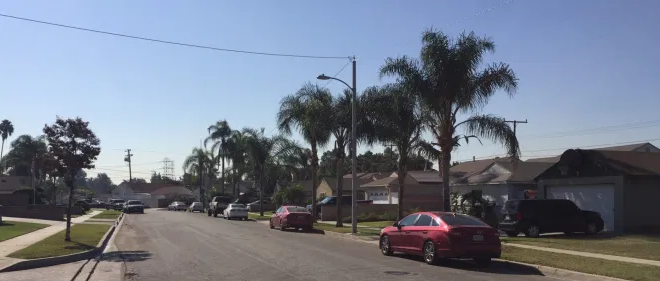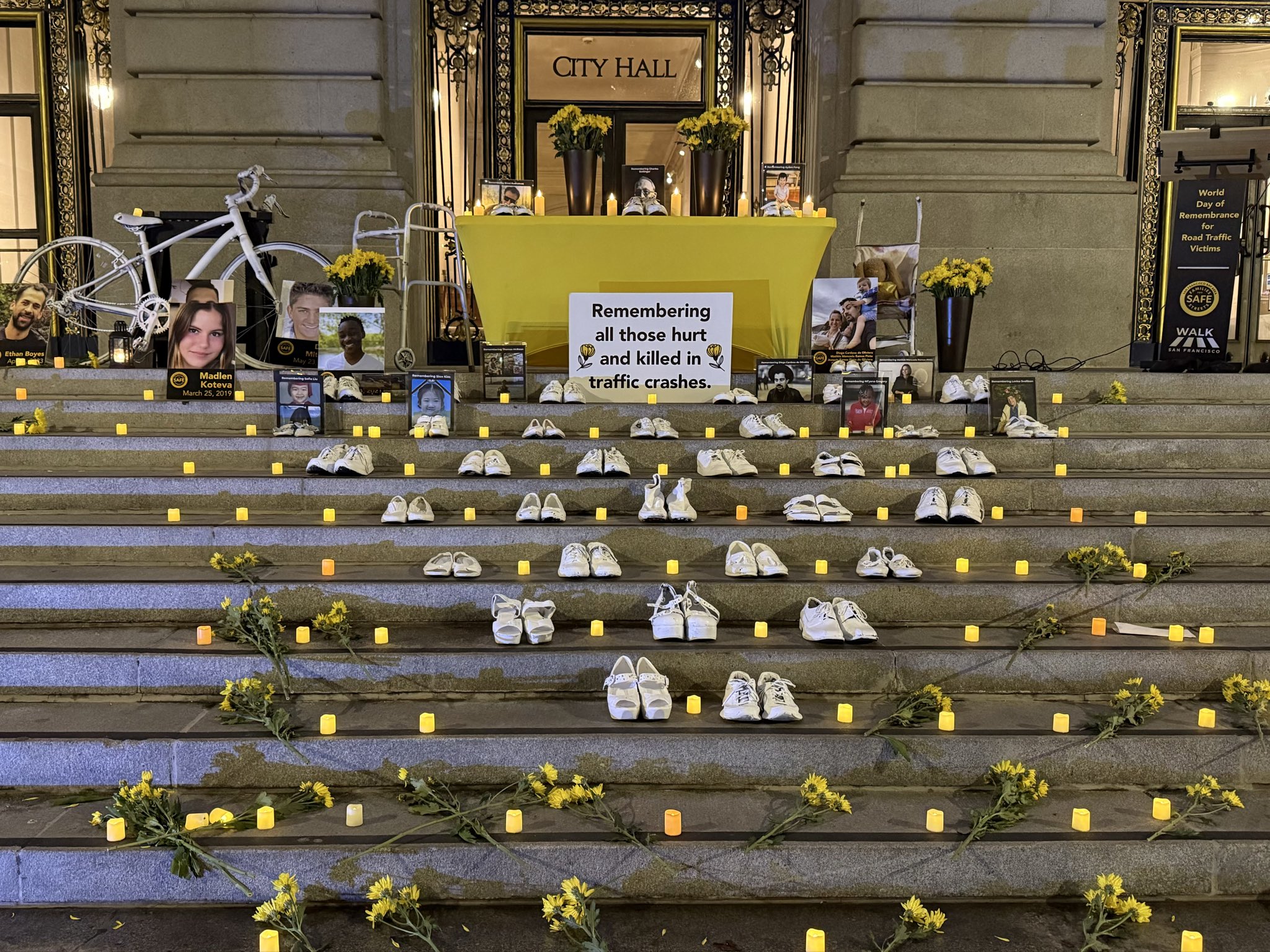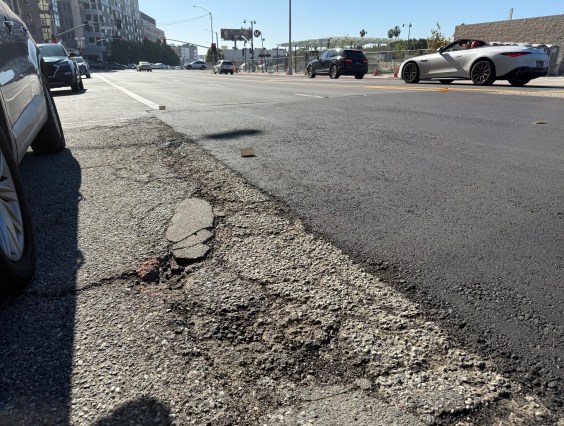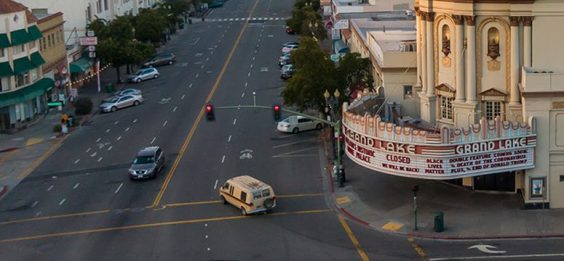At next Thursday's meeting, the Metro board of directors will vote on a motion that calls for a "wholistic, equity-based examination" of its planned 605 Freeway Corridor Improvements Project. The Gateway Cities Council of Governments, the city of Downey, Downey City Council Candidate Alexandria Contreras, and others have expressed opposition to Metro's current plan for the 605 and 5 Freeway widening which would demolish hundreds of homes.
The 605CIP would widen about twelve miles of the 605 Freeway, as well as portions of the 5, 10, 60, and 105 Freeways. The project would extend through nine cities – Baldwin Park, Downey, City of Industry, El Monte, Norwalk, Pico Rivera, Santa Fe Springs, South El Monte, and Whittier, as well the unincorporated county areas.
In August Metro announced that the 605CIP would impact 1,200+ properties, including 350+ full acquisitions. Metro has not made public the actual properties that would be impacted, but has made clear that the project would take out more than 200 homes in the city of Downey, primarily in working class Latino neighborhoods along the north side of the 5 Freeway.
Soon after Metro announced its planned demolition totals, the Gateway Cities Council of Governments raised concerns and requested that Metro come up with a context-sensitive alternative. After Contreras sounded the alarm that her family's home could be impacted, the city of Downey released a statement in opposition to the project. Initial responses from Metro were dismissive, with The Source gaslighting about the scope of the project and how far along it is - and Metro CEO Phil Washington dismissive of GCCOG concerns because the EIR had already been completed, the project agreed to, and the widening identified decades ago. Meanwhile a coalition of community groups, led by Active SGV, weighed in opposing the 605CIP because it would "destroy people's homes, encourage more vehicle trips, and further pollute some of the most pollution-burdened communities in California."
Now the Metro board plans to weigh in.
This week's 605CIP motion was put forth by six boardmembers: Hilda Solis, Janice Hahn, Robert Garcia, John Fasana, Eric Garcetti, and Mike Bonin. Long Beach Mayor Robert Garcia has already expressed his opposition to taking out homes to widen these freeways, calling instead for project funding to be redistributed to other uses along the corridor.
The motion directs Metro CEO Phil Washington to craft a final report with other alternatives, including one that minimizes right-of-way impacts and/or a Transportation System/Demand Management (TSM/TDM) alternative. Note that in 2016, during the 605CIP scoping process, Metro had announced that its environmental studies would include both of those alternatives. But sometime between 2016 and 2020, Metro ditched those previously announced alternatives in favor of three very similar alternatives, all of which would add four lanes to the 605 Freeway.
The motion also calls for a "a review of the project’s purpose and need and its alignment with various local and state policies and plans related to equity, greenhouse gas emissions, and vehicle miles traveled."
In regards to equity, Contreras has stressed the racial justice implications of Metro's plans, which would demolish working class Latino homes north of the 5 while leaving homes belonging to whiter, more well-off residents south of the freeway more or less intact.
Among the stated project purposes is addressing congestion.
While Metro and Caltrans frequently assert that highway widening would reduce congestion, this is demonstrably false. Freeway widening has long been shown to induce more driving, resulting in increased congestion.
CEO Phil Washington wrote that this project's 5 Freeway widening was identified during the 20th Century. Whether it was appropriate then is academic, but today, at a time when housing and climate crises are bearing down on Californians, revisiting the need for the project is certainly called for. One key policy to consider (and referenced in the motion preamble) is Governor Gavin Newsom’s 2019 executive order that directed that transportation spending align with greenhouse gas emission reduction targets. In an earlier response to that order, Metro's Highway Program leadership denied that their projects impact greenhouse gases.
The motion further directs Metro to engage the community to develop its 605CIP alternatives report. It directs Metro outreach to include "San Gabriel Valley Council of Governments, the Gateway Cities Council of Governments, the I-5 Joint Powers Authority, the County of Los Angeles, corridor cities, and community stakeholders." Metro has not had public meetings about the project since 2018, and many aspects of the project have changed since then - particularly the number of homes targeted for demolition, which has ballooned. The motion directs that outreach involve Metro's Executive Officer of Equity and Race - another acknowledgement of the racial justice issue raised by Contreras.
The motion directs Metro staff to report back to the board with a status update in January 2021, and with the final alternatives report in April 2021. The motion delays the release of the project environmental documents (draft Environmental Impact Statement/Environmental Impact Report EIS/EIR) until after the final report is received by the board. Metro had announced the draft EIS/EIR would be released in September 2020, but later delayed it until early 2021.
The Metro board will consider, and likely approve, the 605CIP motion at this week's full board meeting which takes place Thursday, October 22 at 10 a.m.






